How a month with a fitness tracker changed my life
Is a Fitbit - or any tracker - really worth buying?

I never wanted to wear a fitness tracker. The thought of one felt too intrusive, too troublesome, too connected. On top of that, I don't like things on my wrists - I've never been able to stand watches or bracelets, even when gifted one.
It was my aversion to strapping stuff to my wrists, especially a device that's digitally tethered to other devices, that essentially ruled out fitness trackers, smartwatches and other regularly worn wearables from my life. They weren't for me, and I was perfectly fine with that.
That is, until one day about seven months ago, when Fitbits began to catch my eye. A switch went off where I began to think, maybe, just maybe, I might like to wear one. The signs were everywhere. At a retail store I frequent, Fitbits showed up on a rack I often walk past. "Try us. We're not so bad," they'd whisper as I pushed my cart by.
The final straw came on a visit to see my sister. She was wearing a Fitbit Flex, and listening to her talk about it - how it motivated her, how convenient it was to wear, how good it felt to hit her goals - finally convinced me to give a fitness band a try. Heck, what did I have to lose?

But, doing what I do for a living, I decided to turn it into a bit of a challenge, one where I would, at the end, judge whether buying a fitness tracker is worth it.
I committed to wearing one - specifically, a Fitbit Charge HR - for a month. Knowing how much I dislike having something chained to wrist, I set a timeframe so I had a reason not to take it off. I didn't want a way out.
The reasons
I should back up. Fitness trackers didn't inexplicably start appealing to me one fine day. Rather, the seed was planted some time ago that wearing one, or utilizing some sort of activity tracking device or service, would be good for me.
Sign up for breaking news, reviews, opinion, top tech deals, and more.
I won't go into my life story, but I was once extremely active and health conscious. Then, life really happened - college (who wants to run when there's a kegger next door?), followed closely by joining the workforce.
Heck, what did I have to lose?
Now, like many adults, I'm glued to my computer for 9-10 hours a day, sometimes more. I used to have a gym membership, and even though it was the closest one to my house, it was still too inconvenient to get to, if I could find the time.
Time is a precious and all-too-rare commodity. There just never seemed to be enough to fit in a proper workout, or even an improper one. I did my best to do some activity when I could, but in the last 2-3 years, I've found myself increasingly sedentary.
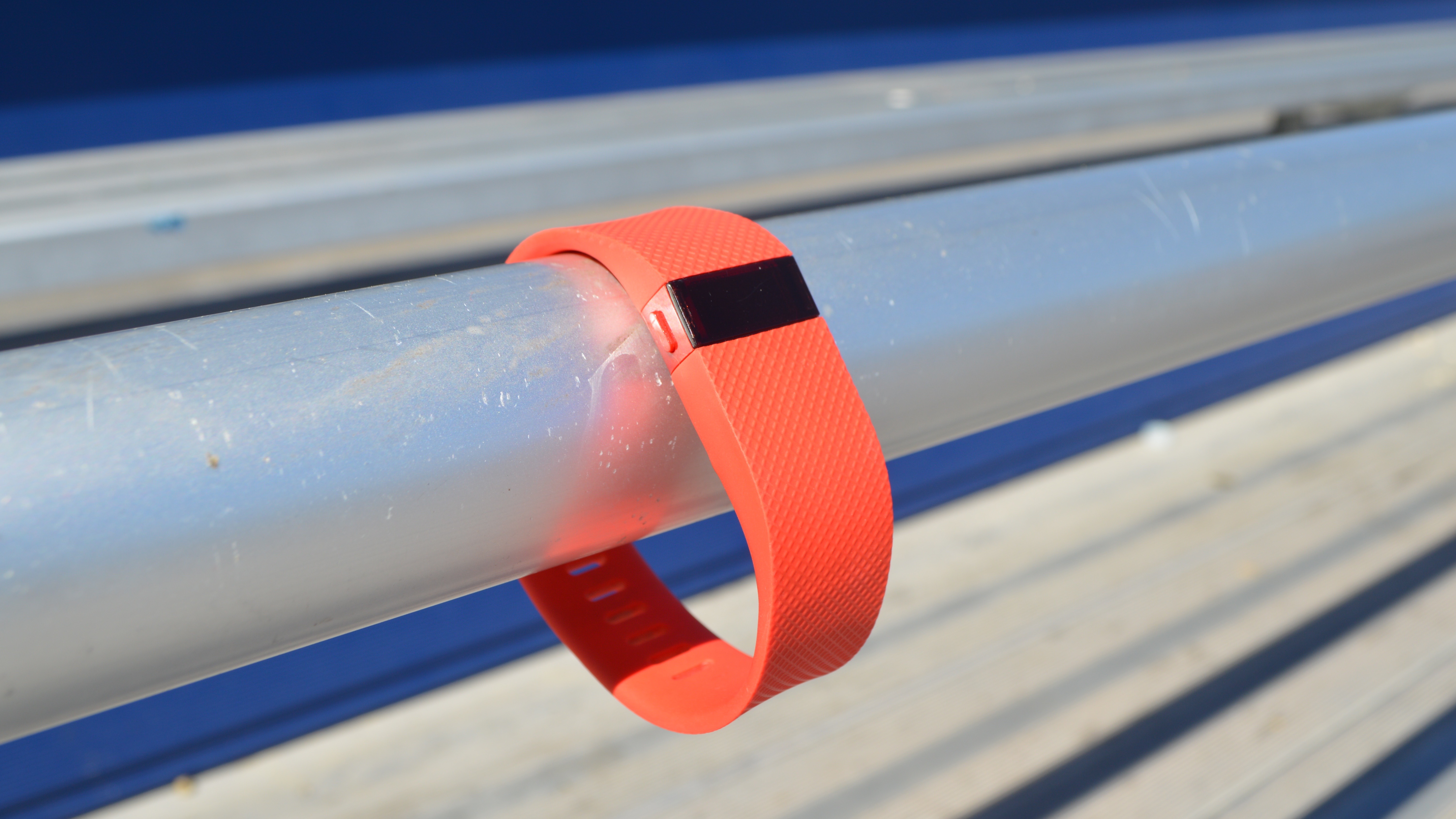
Couple this with some not-so-great eating habits - eating too late, eating out, eating whatever was convenient rather than healthy to cook - and it all contributed to a general feeling of unhealthiness. I wasn't feeling bad, but I didn't feel great. I just knew I could feel better, but I was sort of swimming (not literally) to figure out how to make that happen.
This is the mindset I was in when I began to take note of fitness trackers, and Fitbits in particular. Fitbits are the most widely recognized trackers on the market, and with people close to me vouching for them, using one for my challenge - and beyond - seemed like the logical choice.
I was also drawn to their user friendliness and a perceived quality of unobtrusiveness - it seemed as though you could easily forget you're wearing one, which is what I wanted.
One step, two step
I chose the Fitbit Charge HR over the Fitbit Flex because I was drawn to its heart rate monitor and more robust display. I wanted to hit Fitbit's pre-set goal of 10,000 daily steps, but I also wanted a more comprehensive look at my activity, so I opted for the wearable I could glance at for readings like distance traveled and the time rather than a few progress dots.

When I got my Charge HR, the price was $150 (£120, AU$230), though in the US it's since been reduced to $130 following the introduction of the Charge 2. The Charge 2 is Fitbit's updated version of the Charge, but it doesn't offer much different to the Charge HR other than a larger display and Multi Sport tracking, which is actually a hugely welcome feature. The Charge 2 was announced alongside the Flex 2 at IFA 2016 and is priced at $150 (£130, AU$290).
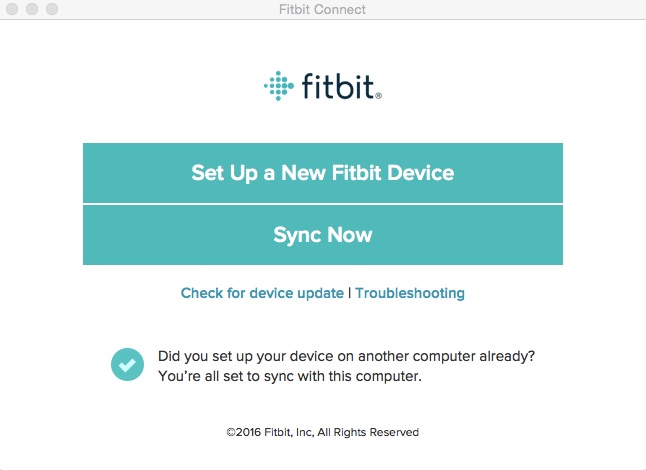
Setting up my new Charge HR could not have been easier, and I imagine the same can be said about any Fitbit. I can struggle with setting up new tech (I tend to rush and don't read the instructions), and I was anxious I'd run into a hurdle with the Charge HR before I even started wearing it.
But a step-by-step guide to syncing the Fitbit with my devices made the process utterly painless. The whole process only took a few minutes, and it felt like almost instantly, I was a connected, activity-tracking machine.
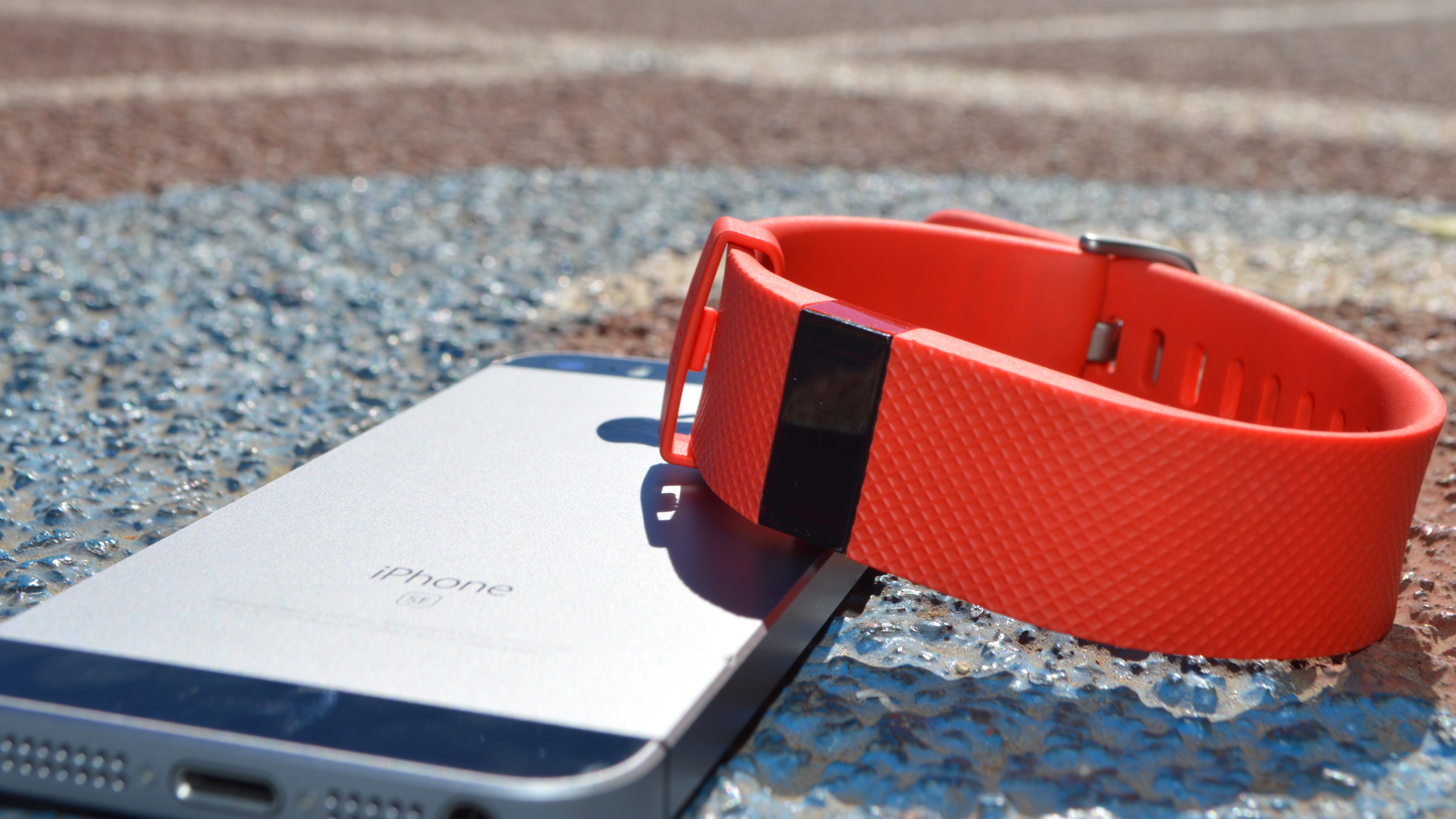
During the 30 days, I mostly relied on syncing my Fitbit with my laptop rather than my iPhone. I'm staring at my computer most of the day, so it became second nature to open Fitbit Connect (the Fitbit companion app) once a day to wirelessly port over any data on the wearable to the virtual dashboard. This wasn't always seamless - sometimes it would take two tries before my computer located my tracker - but it wasn't too much of a time suck when this happened.
I also found the online version easier to navigate and digest than the app, as well as more reliable - it often felt like the app wasn't on the same page as my tracker, be it the step count or the day of the week it was logging.
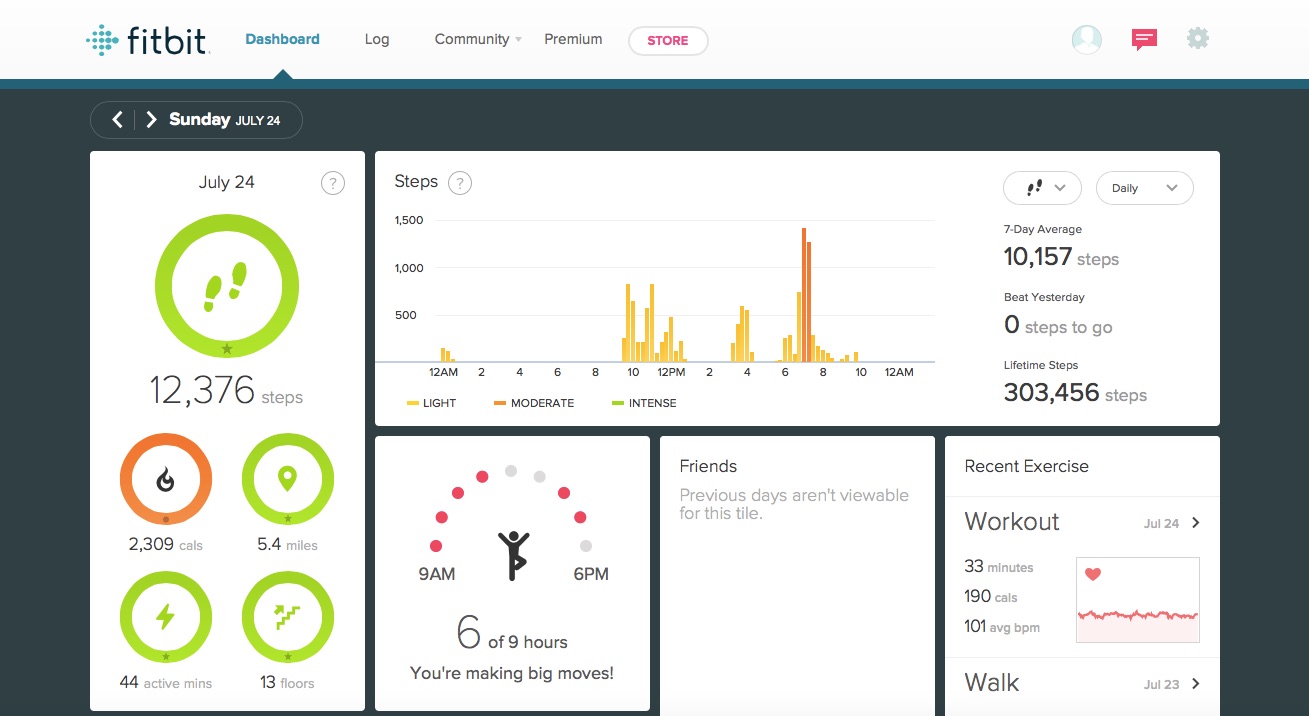
A welcome aspect of the Fitbit experience is that you can interact with it as much or as little as you like, which is more or less true for all fitness tracker platforms. You can see what your activity looked like every hour of the day, or you can go a week without syncing, relying instead on periodic checks with the band to see how many steps you've taken, calories burned, distance traveled and flights of stairs climbed (the least useful metric for me). I appreciated not being force-fed stats and alerts from Fitbit, and being able to check in when I wanted.
Granted, when I started the challenge, I was checking the wearable itself frequently, as if I was fiddling with a new toy. Eventually the novelty wore off and I only really looked through my stats a few times a day, though moreso after a long walk or prolonged activity.
Track days
The Charge HR is an older device in the Fitbit family, but I still found it to be a capable workhorse. Unfortunately, its reliability is questionable in terms of accurately counting every single step and distance traveled because it lacks GPS, but it was, as we found in our initial Fitbit Charge HR review, consistent.
If I walked more, my step tally went up. If I was working out, my heart rate reading increased. If I didn't move much during the day, all of my stats would be lower than the day before.

The only time I was legitimately bothered by the Fitbit's shaky tracking was during training sessions for my first 5K (I told you, I'm no fitness guru). Was I really traveling the 2+ miles I had set out to do? Not knowing with 100% certainty was an inconvenience I had to learn to live with.
In general, though, I came to trust what the Fitbit was telling me, even if it wasn't completely foolproof. If anything, I knew I was doing something good for myself.
One of the Charge HR features I came to value most is its heart rate monitor. Again, it's questionable how accurate it really is, so if you want or need to know your exact heart rate, you'll get better, but still imperfect results from a chest-wrapping heart rate monitor. But since I didn't have anything to compare the Charge HR's readings to and was OK with a rough estimate, I was satisfied with the ticker tape it gave me.
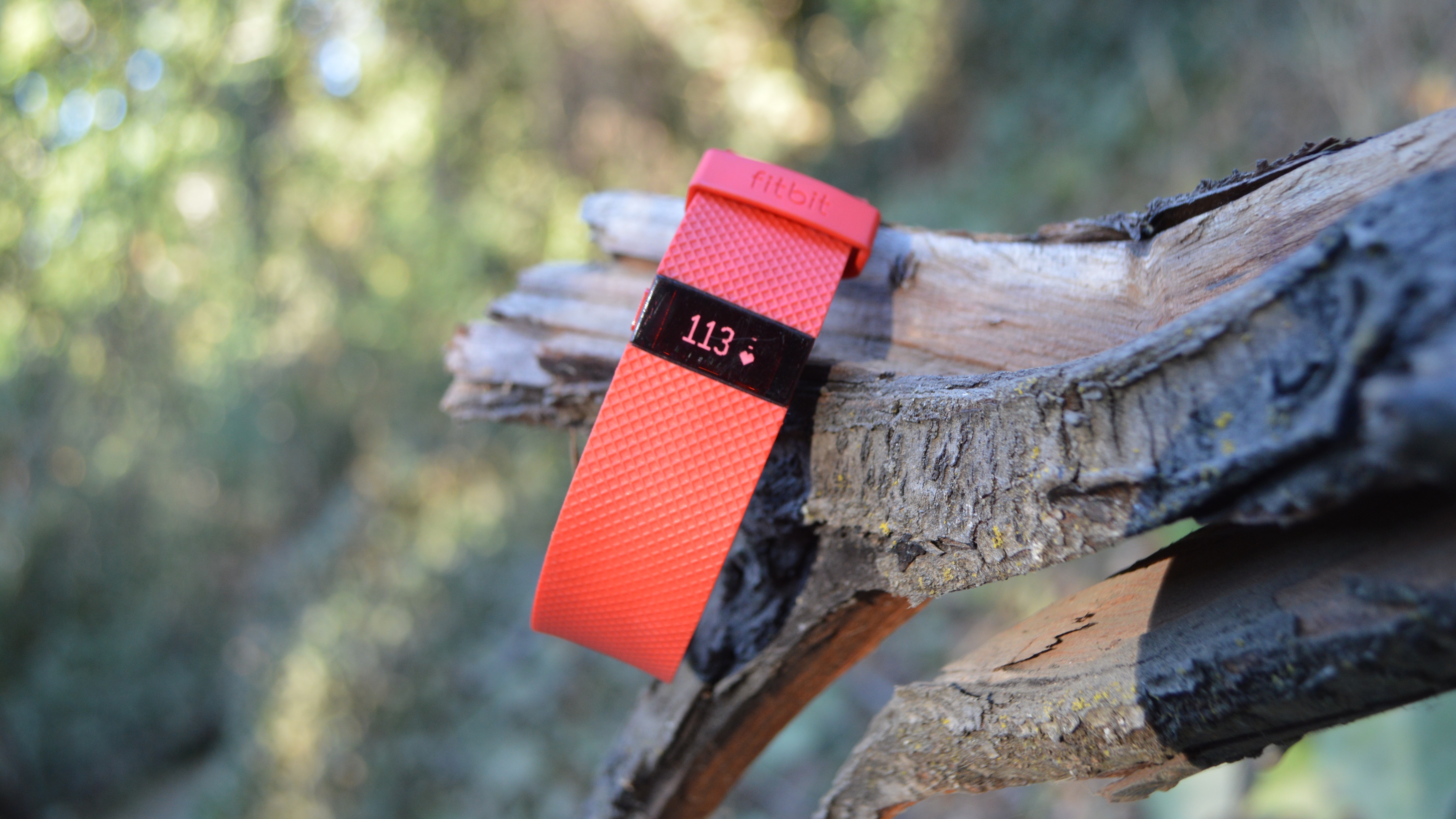
A little heart icon with different lines above and below indicate what zone your heart rate is in - Peak, Cardio and Fat Burn - and signals if you've gone a certain percentage towards your maximum heart rate. I never thought, "Sweet, I'm in the Fat Burn zone!" during a hike, but it was reassuring to know I was in a higher-intensity mode that was, maybe, actually making me healthier.
Something I didn't anticipate was the Charge HR's potential as a type of stress management device. In addition to exercise, I would see my heart rate go up in stressful situations. It was unsettling, and opened my eyes to how stress affects my body. I'm still wading through these waters, but there's no denying the physical manifestations of stress.
Time out
Another feature I came to appreciate about the Charge HR is the stopwatch. Press a little button on the side for a few seconds and the Fitbit starts recording all your stats in a certain block of time until you press it again. I utilized this feature when I wanted to hit a certain time or distance goal, or was doing a workout and wanted to see what stats I could rack up.
The simple act of blocking out time to workout - something I hadn't done for years - was powerful.
The simple act of blocking out time to workout - something I hadn't done for years - was powerful. A stopwatch, of all things, gave me the sensation I was doing a session at the gym without actually having gone. I was setting aside chunk of time to focus on exercise, even if it was just at home and around the neighborhood.
Long after the challenge was over, I continue to block out time to work out every other day or so, and I can't say I would have done that had the Fitbit not first presented the option to right on my wrist.
I grew to fully embrace a lot of the Charge HR's features, but my 30 days didn't start out with worrying about heart rate zones and workouts. I wasn't in a place where I was even doing regular exercise, so the month simply began with tracking walks with my dog, which I have to go on 3-4 times a day no matter what.
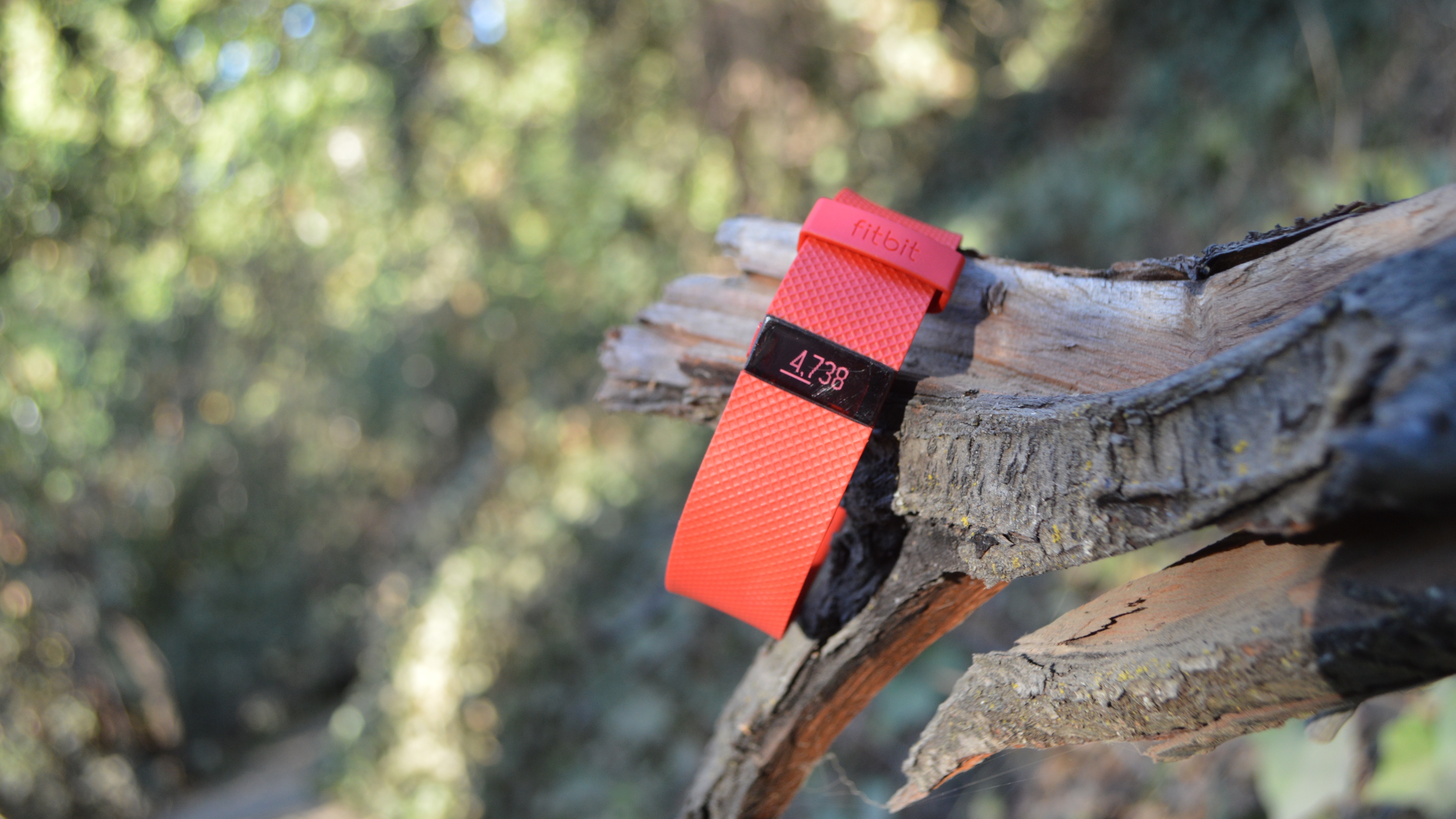
Tracking these short walks quickly grew into so much more. I was legitimately motivated to be more active based on what the Fitbit was showing me, perhaps because I was shocked to see how little I was actually doing.
The American Heart Association recommends taking 10,000 steps a day, which is what Fitbit bases its daily goal on. Even with frequent dog walks, I was alarmed how far I was from this mark when the challenge first began.
Faced with this information - you can't escape what's staring at you from your wrist - I made it a point to hit 10,000 steps, though eventually I settled on around 7,000 as a realistic goal during the workweek. Fitbit doesn't admonish you for not reaching the goal, though it will send you an email with a weekly round up and a red frowny face to indicate your least active day.
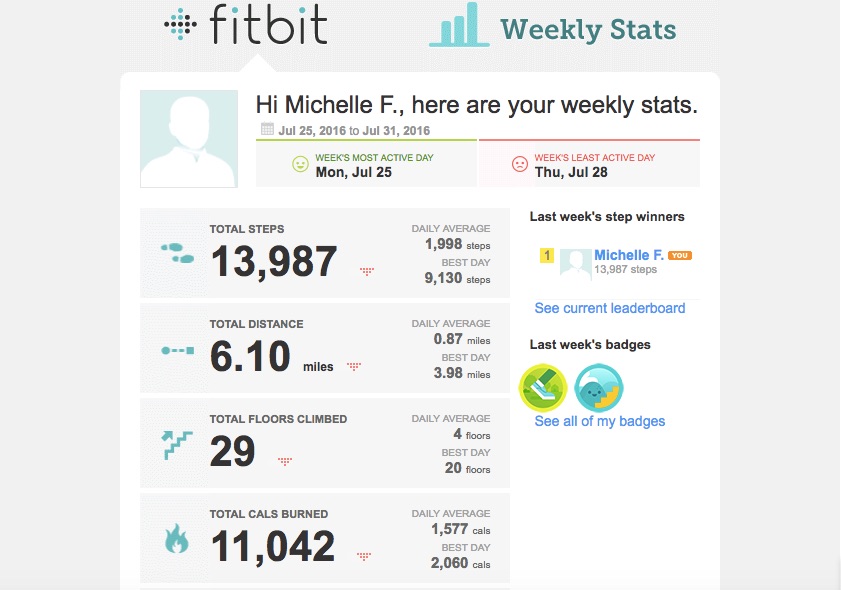
The Charge HR's true value for me was in putting a number to how little I was moving, and rewarding me, however lame that little vibration when I hit 10,000 steps was, when I moved more. It's virtue as an accurate fitness tracker is up for debate, but it's a surprisingly effective motivational tool.
Missteps
That's not to say I fell in love with the Charge HR in 30 short days. In fact, I wear it little now that the month is up. That's not uncommon with fitness trackers - many people stop wearing them after the first few months, and I'm no exception.
For me, this is almost entirely due to the Charge HR's size and weight. It's thick and bulky, and never "disappeared" from my wrist the way I hoped it would. I'm also typing on my keyboard all day, and I eventually couldn't stand the strap rubbing against my laptop or raising my left wrist ever-so-slightly above my right one.
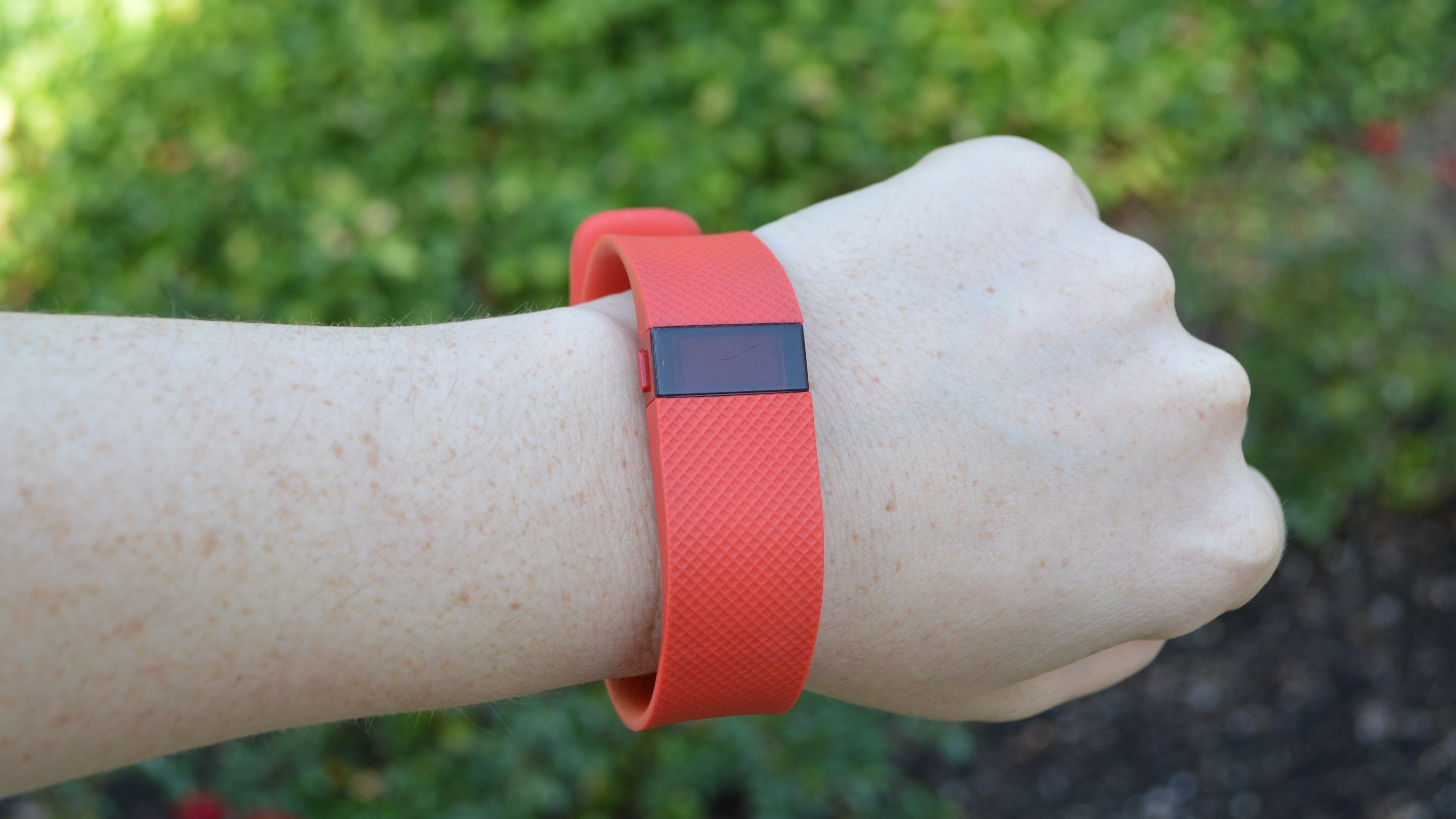
Finally, because the strap material isn't breathable, wearing it while I sweat in the California heat isn't a comfortable feeling. A few holes, or more breathable material, might have gone a long way in preventing pools of sweat from forming under the band.
The sleeker Fitbit Alta is probably more in line with a size I could grow to love, though its features are limited in scope. Do you trade a more comfortable device with fewer features for one that's less comfortable but offers more? It's a tough question, though I'm leaning toward the more limited option if it means getting more mileage out of my Fitbit purchase.
Should you buy one?
And that brings me to what I set out to answer all along: is buying a Fitbit, or any feature tracker, worth it?
Despite no longer wearing the Charge HR every hour of the day, or even every day, I still strap it on for workouts, hikes and when I was training for the 5K. I plan to continue using it for just these occasions - times when I want to hit a distance or time goal, or want to see if I'm really pushing myself when I exercise.
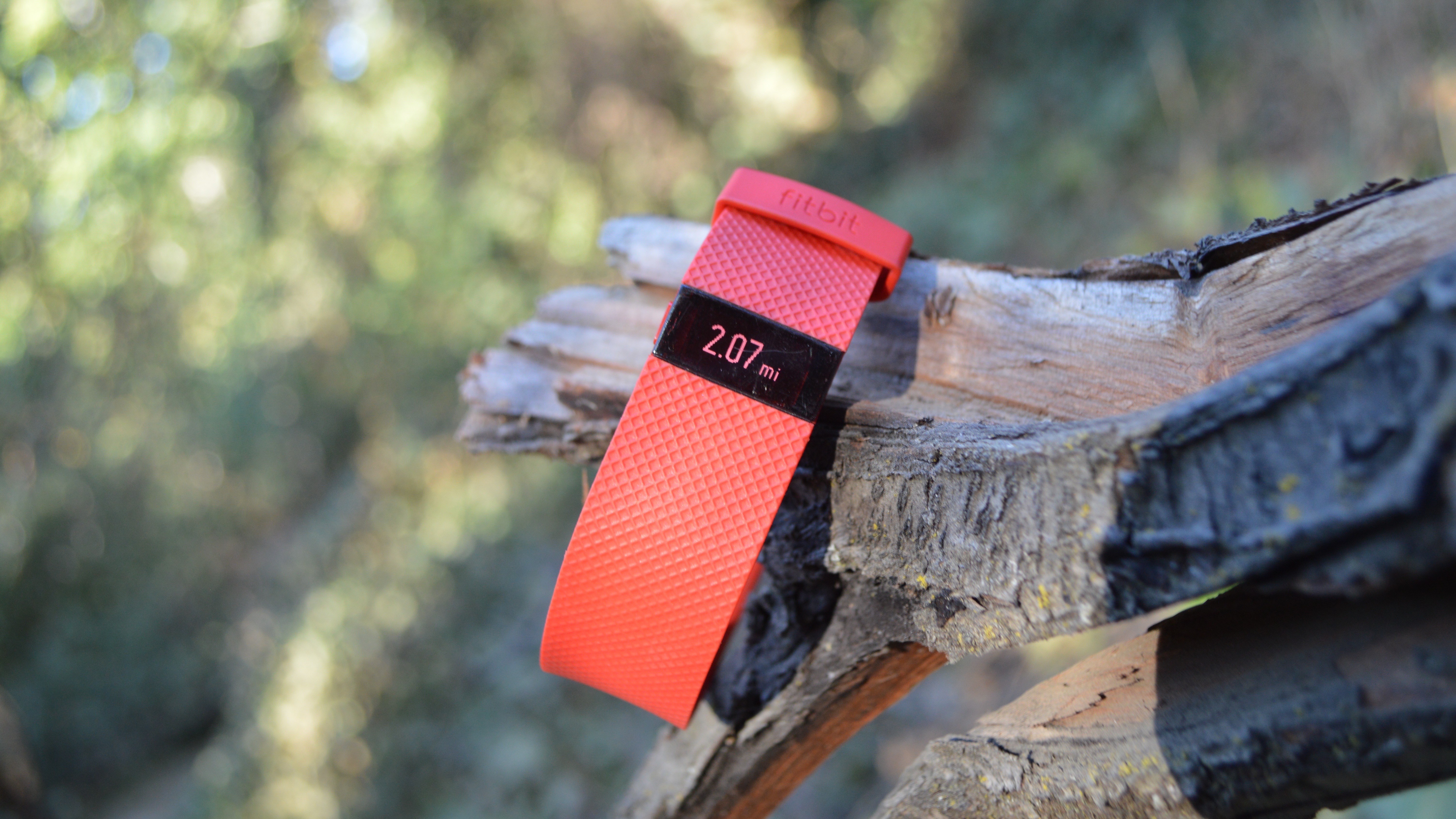
I don't see myself wearing it regularly again, but I've experienced innumerable positive effects from my 30-day experiment. It put me into a healthier mode, one where exercise is now an integral part of my life again for the first time in a long time.
The Charge HR served as a catalyst for this renewed focus on health - and subsequently, happiness - in my life. It forced me to face my bad habits - sitting for hours on end, not exercising regularly, not eating as well as I could be - and motivated me to change them. I'm still fresh on this path, but I feel as though a fundamental shift in my priorities has taken place, one where I put a premium on health and taking time for myself.
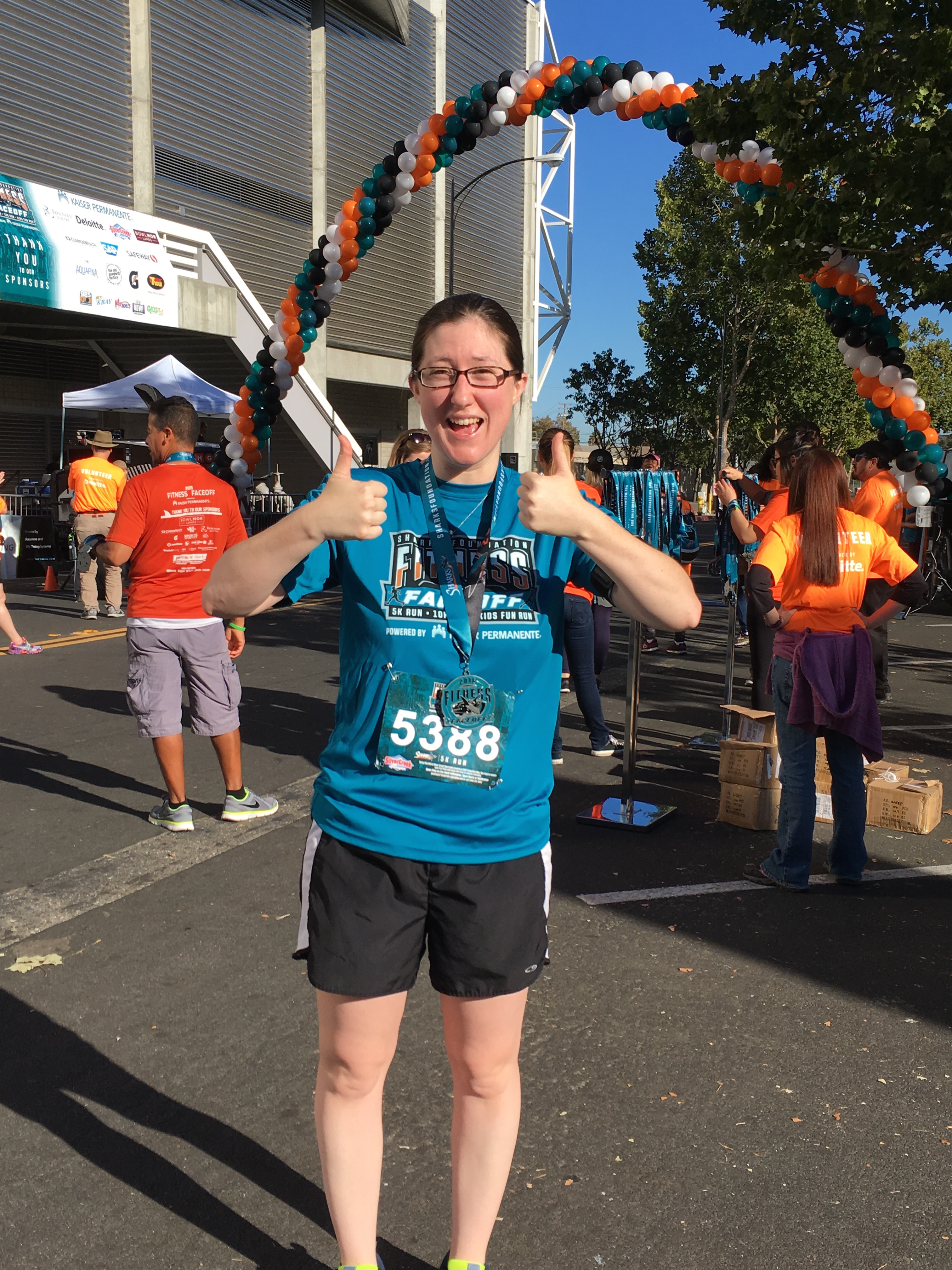
It's important to note that everyone is different, and what I hope to achieve in my fitness goals may vary wildly from the next person. I didn't set out to lose weight or train for a marathon using the Fitbit. I wanted to move more, and in that journey, have found a renewed joy in exercise. There's no one-size-fits-all answer, and everyone will have to forge their own path towards health, however they define it.
For me, it was absolutely worth owning a fitness tracker because it motivated me to adopt healthier habits. I even signed up and completed my first 5K (see post-race proof above), and hope to continue facing new fitness challenges in the future. The Charge HR isn't a perfect device, and many people I've spoken to have moved on from Fitbits to more robust trackers, or jump around from tracker to tracker. I may do the same until I settle on one that's just right for me.
Until then, I've been sitting for too long. Think I'll go on a walk now.
- Michelle is TechRadar's News Editor.
- She covers all-things tech, and is particularly keen on the intersection of sports and technology.
- Follow her on Twitter at @fresh_fitz.
- She's still sore from that 5K.

Michelle was previously a news editor at TechRadar, leading consumer tech news and reviews. Michelle is now a Content Strategist at Facebook. A versatile, highly effective content writer and skilled editor with a keen eye for detail, Michelle is a collaborative problem solver and covered everything from smartwatches and microprocessors to VR and self-driving cars.